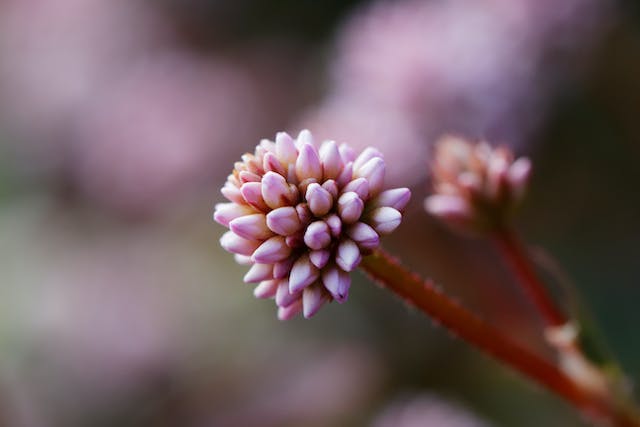One of the most frustrating weeds to get rid of is the Japanese Knotweed. However, once you’ve committed to this task, keep on reading.
You need to be very careful with removing this weed because if you make a mistake, it can actually cause the roots to go even deeper and spread further. This will negatively affect your home and your property’s value.
So, you need to remove it correctly, the first time around. Be sure to follow the tips below so that you quickly and effectively get rid of this plant.
1. Be quick
Japanese Knotweed is well known for being very difficult to deal with and you need to take action as soon as you can. By taking early action, you may be able to get rid of this plant before it grows out of hand and spreads throughout your property.
2. Get rid of all the roots and all traces of the plant
You should start by attacking the roots of this plant. However, this is a lot more challenging than you may know.
The roots of this plant are rhizomes and they are usually buried deep in the soil as much as 2 metres under the ground. Also, if you don’t get rid of all the roots and only a small piece remains, it can easily grow into a whole new Japanese Knotweed plant and spread even more.
3. Avoid alternative methods
There are alternative methods for getting rid of this plant that you may have heard of. This includes using lime and vinegar, coffee etc. However, these are not recommended and may be quite ineffective. Basically, using these treatments is like trying to get rid of a very serious disease without using the necessary medicine prescribed by your doctor.
In order to get rid of Japanese Knotweed, you will need to use particular chemical treatments and strong herbicides. Now, even though you may want to attempt the alternative and organic route by using what you have in your kitchen, the truth is, it likely won’t work. So, save yourself some time and energy by attacking this problem head on using the right treatments or contact the experts at Environet.
4. Completely Get Rid Of It
Lastly, this weed is quite good at regenerating itself. Even if a small part remains, it can easily regrow. So, you need to take the time to completely get rid of all of these plants and their roots. If you don’t do a thorough job, then it will likely return.

